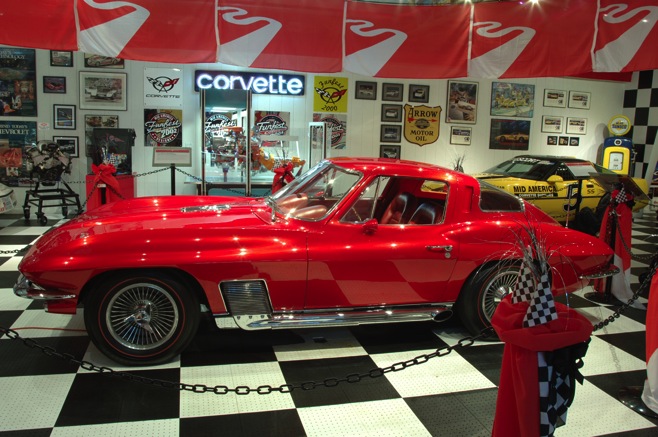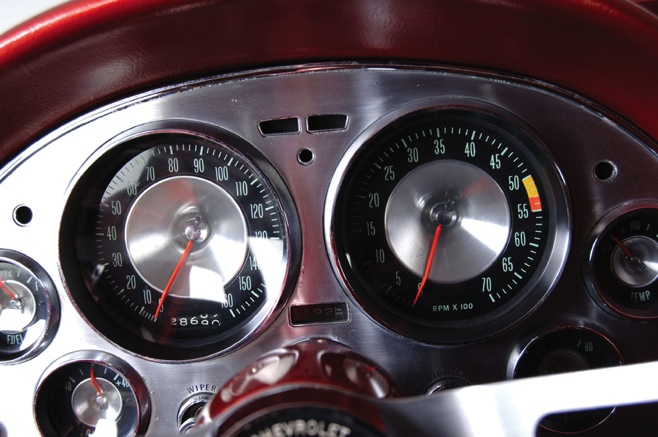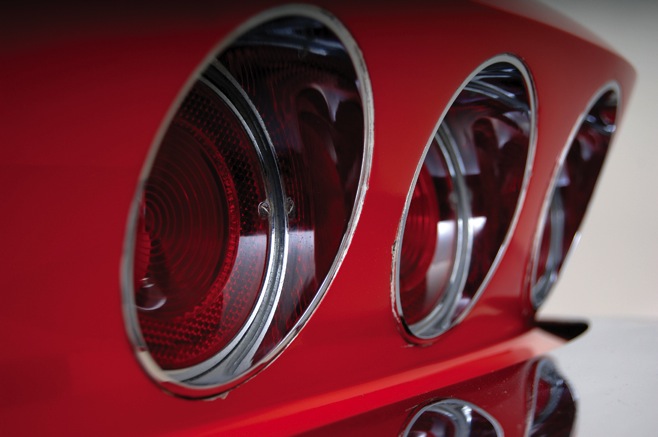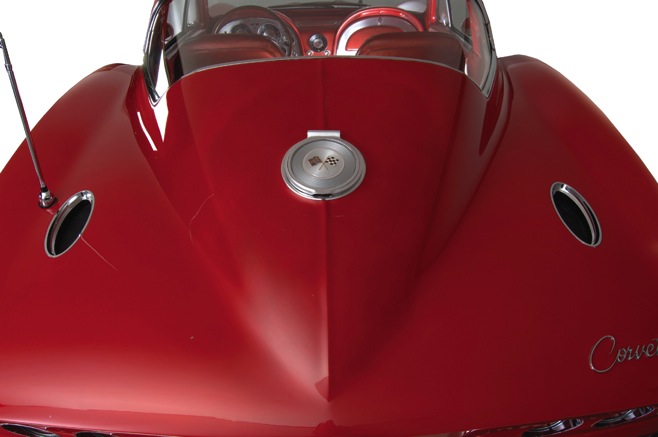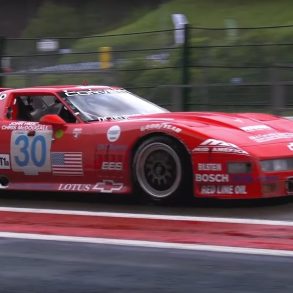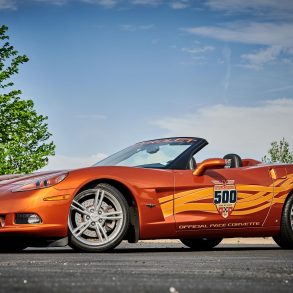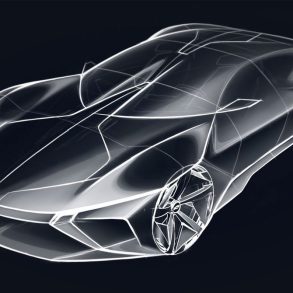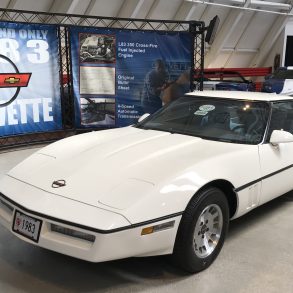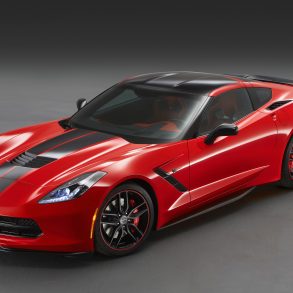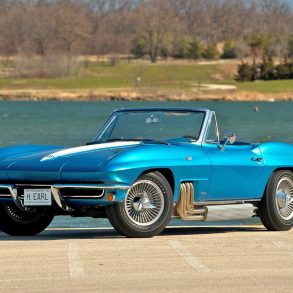The Corvette Sting Ray Styling Study As Showcased at the 1964 World’s Fair
When the second-generation Corvette was introduced in 1963, General Motors knew they’d built something special. The car was an overnight success. It elevated Bill Mitchell, Ed Cole and Zora Arkus-Duntov to household names – at least in those households where fast cars mattered. Despite its success, GM executives (including Mitchell) knew that the long-term success of the second-generation Corvette program would depend on the company’s ability to innovate new technologies and advance its look with each successive model year. The automotive culture of the 1960’s was governed by the belief that design change was essential between model years, even if that change did nothing to improve the car’s fit and finish. While this continues to hold true to an extent today, it was never more prevalent than it was from 1962-1968 or the same years that the C2 was vying for dominance in the automotive marketplace.
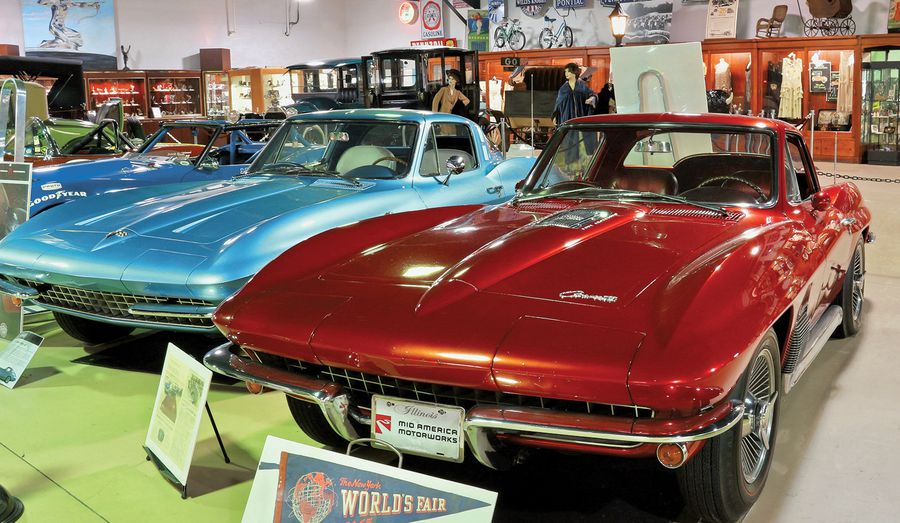
So, for the 1964 New York World’s Fair, Bill Mitchell and his Styling team at the Tech Center customized a production Sting Ray under Shop Order #10361 with a variety of items that transformed the already impressive Corvette into a showpiece like no other. An opening was cut into the center of the car’s hood exposing a polished fuel injection manifold with the Corvette crossed flags in its very center. The words “FUEL INJECTION” were added in raised letters on either side of the opening. While more show than substance, the feature nonetheless proved to be a favorite amongst fair-goers and served as the precursor for many of the current Corvettes (including the 2009–2013 ZR1, which showcases a similar opening in its hood to expose the manifold cover.)
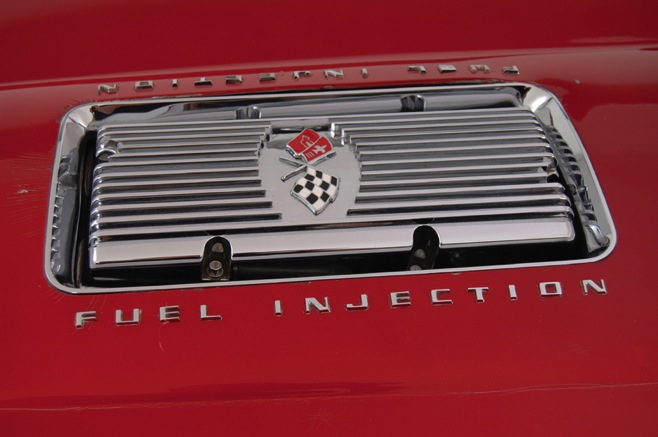
The car’s B-pillar received a pair of integrated air ducts that allowed air to circulate into the rear of the cockpit area. These vents, believed to be functional, also added to the “jet aircraft” feel of the aerodynamic Sting Ray. A pair of outlet ports were also cut into the rear quarter panel assemblies, allowing air to move freely thru the car and escape out the rear. Elsewhere, the car’s exterior also received a set of dramatic side pipes which emerged from the area where the bodyside coves normally resided on the second-generation model. The chrome flourish along the sill plate added to the dramatic effect of the large chrome pipes. A third brake light was added to each side of the rear fascia. This addition, while minor in scope, resulted in the dramatic effect of widening the car’s rear end. It also received The exterior of the car was also finished with 15 coats of candy apple red lacquer paint.
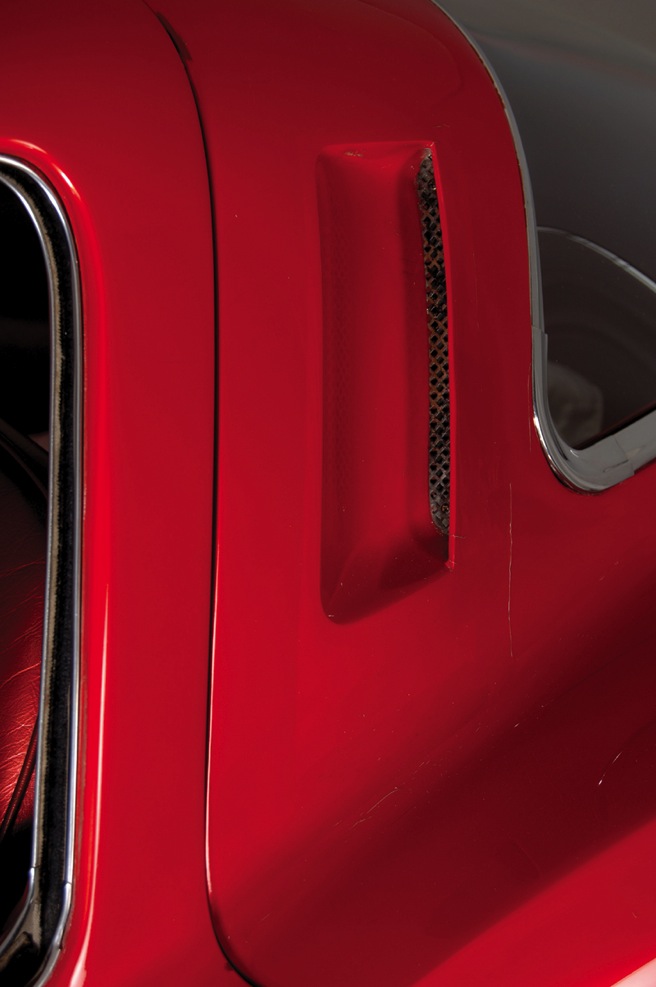
Interior modifications were more subtle, though no less dramatic. The car featured a custom candy apple red interior with a number of trim pieces finished in the same color as the car’s exterior. The car’s factory dashboard was replaced with a unique instrument cluster and was accentuated with a number of specialized trim pieces. Sadly, the car was vandalized and the custom cluster stolen after the car’s appearance at the World Fair. GM later replaced the missing cluster with a customized factory unit from a 1963 Corvette.
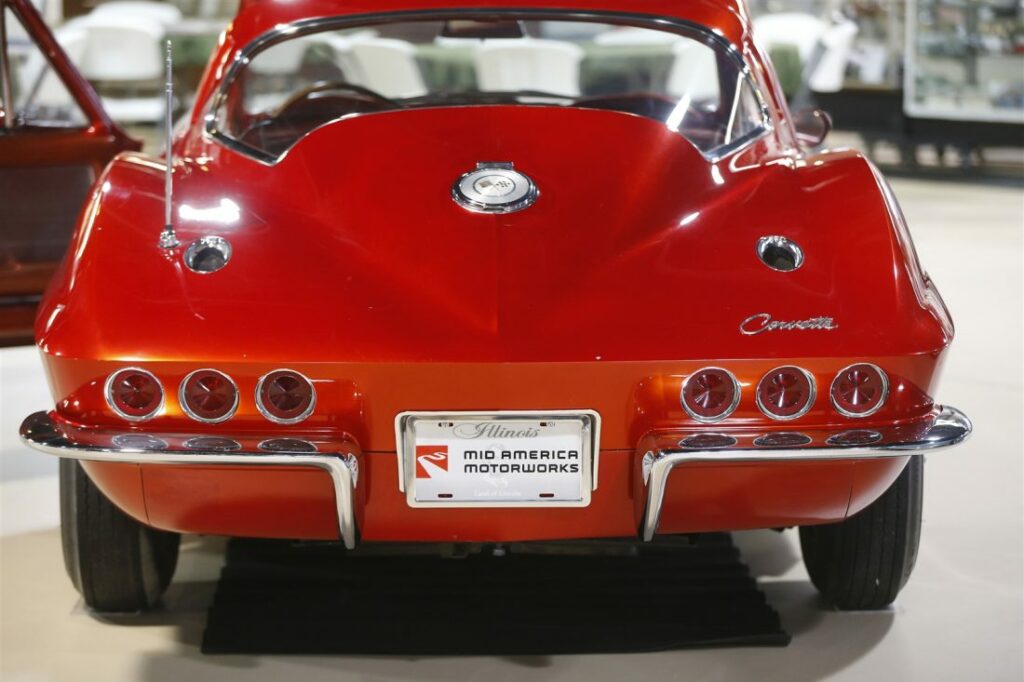
Today, when GM is finished with a show car, they often get locked away in a company warehouse or storage facility and are never seen again, except on rare instances when GM elects to showcase the cars at a special ceremony or event. Even worse, some of these custom creations are crushed and hauled away for liability reasons. However, this was not the case in the 1960’s. Werner Meier, car collector and restorer of classic autos, was quoted as saying “(GM executives) could do no wrong, the people at the top seemed to be able to do whatever they damn well pleased.”
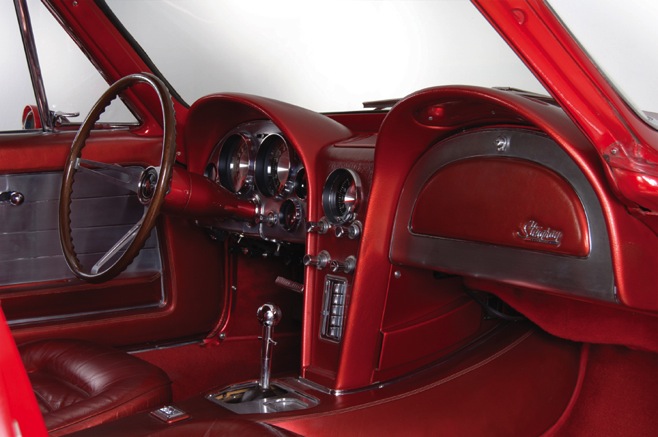
Many of the early show cars ended up becoming the personal vehicles of GM executives. Harley Earl, Bill Mitchell and Zora Arkus-Duntov all drove custom Corvettes of their own styling, and a good number of GM executives received custom models as well. While some of the cars might have just had special paint and the signature metal grilles in the floorboards, many were built specifically for friends and family. Bunkie Knudsen’s wife and Harley Earl’s wife both had pink Corvettes with unique show-car features.
Alex Maier, an executive VP for GM, thought the ’64 Worlds Fair Corvette might make a great birthday present for his 16-year-old son. He inspected the car, still in storage in Detroit, only to discover that the car’s chrome exterior exhaust pipes were actually made of plastic. Worse, the car lacked a real exhaust system of any kind. The pipes were purely for show! Alex had the people in the engineering garage install a production exhaust system on the car. The exhaust exited under the car rather than through the side-pipe arrangement.
Today, the 1964 World’s Fair Styling Corvette lives at Mid America Motorworks as part of a museum collection there. Enthusiasts from across the United States flock to Mid America Motorwork each year to participate in the annual Corvette FunFest. While there, they can visit the Mike Yager Museum and see the 1964 Worlds Fair Styling model as well as several other unique Corvettes. The car is currently valued at $1,250,000!


